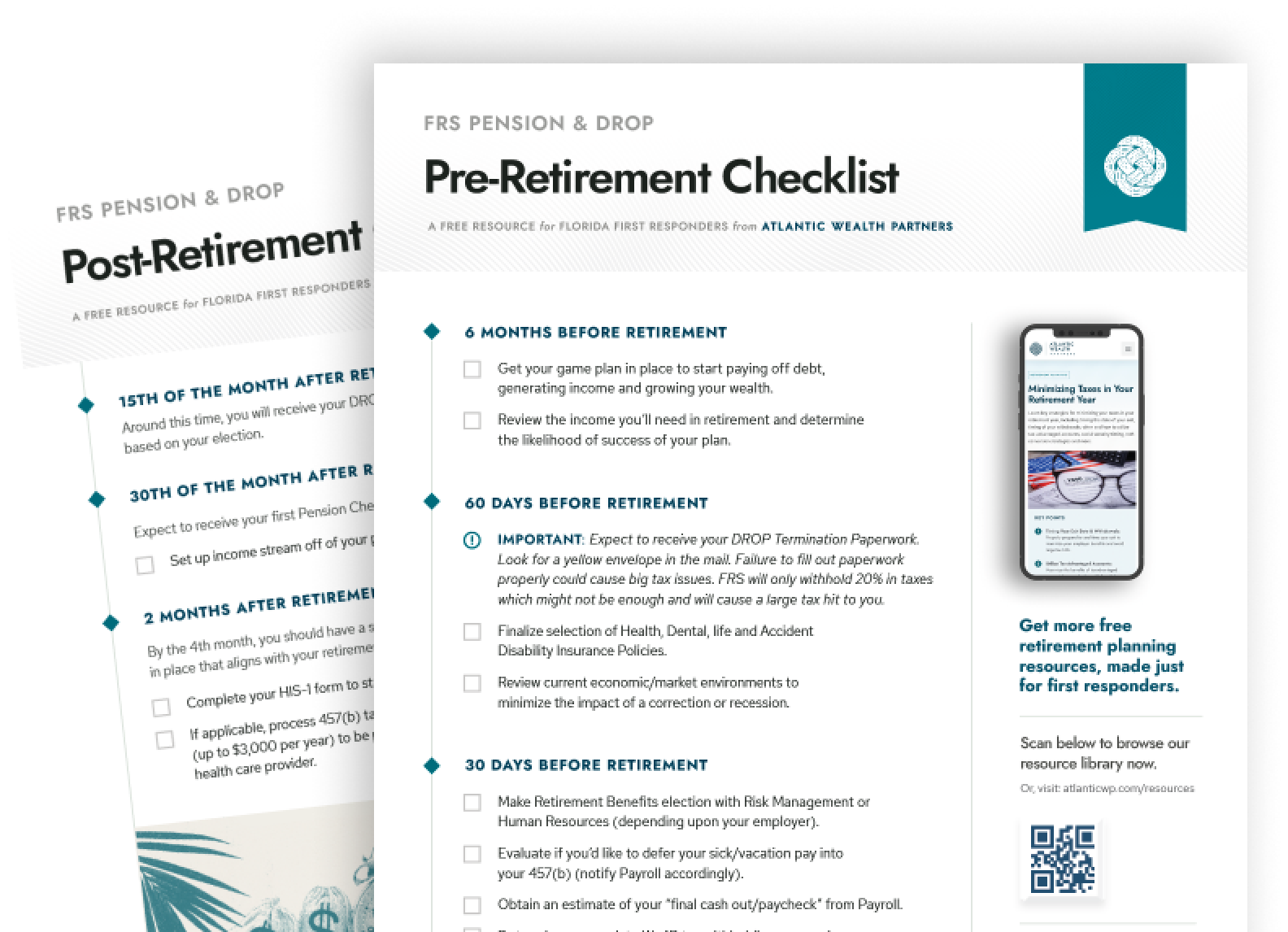The Investment Company Act of 1940 created what is known as Mutual Funds. These funds pool together client capital to invest in companies through stocks and/or bonds. Individual investors own shares of the mutual fund instead of the underlying shares of the stocks/bonds that the fund owns.
Pitfalls of Mutual Funds
Mutual funds allow investors to have broad diversification without having to select individual positions themselves. However, mutual funds have some pitfalls, which we highlight below.
Pitfall #1: Not Transparent
Mutual funds do not have to disclose their daily, weekly, or monthly trades to the public. The underlying holdings are only disclosed once a quarter, and the fund has up to 60 days after the quarter-end to disclose this information. Investors in the mutual fund technically do not know what exactly they are buying or redeeming since there is no daily transparency.
Pitfall #2: Can Be Expensive
Mutual funds are managed by professionals, and each fund has an “expense ratio,” which is the fee you pay the fund company to manage their mutual fund for you. According to research conducted by The Investment Company Institute, the average expense ratio for equity mutual funds was 1.16% in 2020, and the average was 0.86% for bond mutual funds. To break it down further, U.S. equity mutual funds averaged 0.96%, while world funds averaged 1.22%. If you are paying a financial advisor a fee to manage your money and they invest your money into mutual funds, you are getting hit with a second layer of fees.
Pitfall 3: Limited Trading Availability
Mutual funds are redeemed at their Net Asset Value (NAV) at 4:00 pm EST every day the stock market is open. You cannot buy or sell mutual funds mid-day. This can be particularly concerning in highly volatile markets if you need access to your capital – you simply don’t know the price at which you are selling and the value that you will receive until the end of the day.
Pitfall #4: Not Tax Efficient
With mutual funds, you don’t have much control over when or if you pay taxes. When an investor sells their shares of the mutual fund, the fund company potentially has to sell some of the underlying holdings (the stocks/bonds) to supply the investor with their requested cash. The fund manager, not you, decides which of its investments will be sold and when they will be sold. If sales during the year result in an overall gain for the fund, you’ll receive a taxable dividend distribution (assuming you hold the shares in an after-tax account), whether you want it or not. Some mutual funds hold a larger portion of cash to make redemptions easier, but the larger cash holding drags down fund performance in a bull market.
You can wind up owing taxes even though your fund shares have declined in value. This happens when the fund sells shares that appreciated during the fund’s holding period, but the fund’s overall value went down after you bought in.
Tax Efficiency of Index Funds and Tax-Efficient Funds
The unwanted taxable distribution problem is of less concern with index funds and tax-efficient funds. For the most part, index funds buy and hold, which tends to minimize taxable distributions. Tax-efficient funds also lean towards a buy-and-hold philosophy, and when they do sell securities for gains, they try to offset the gains by selling some losers in the same year. This approach also minimizes taxable distributions.
Funds that actively churn their stock portfolios will usually generate hefty annual distributions in a rising market. Distributions that arise from short-term gains are taxed at your regular federal rate, which can be as high as 37%, assuming no retroactive tax rate hike for this year. In addition, you may owe the 3.8% net investment income tax (NIIT) if you’re a single tax filer earning more than $200,000 per year, or a married tax filer earning more than $250,000 per year. Additionally, you may also owe state income tax depending on where you live. On the other hand, funds that generally buy and hold stocks for over one year will pass out distributions that are mainly taxed at no more than the 20% capital gains tax rate, although the 3.8% NIIT and state income tax can increase the tax bite considerably.
Proposed Tax Rate Changes
Starting in 2022, the proposed Biden tax plan would raise the top federal income tax rate on net short-term capital gains recognized by individuals, including those from mutual fund distributions, back to 39.6%, the top rate that was in effect before the Tax Cuts and Jobs Act lowered it to the current 37%. This proposed rate increase would affect singles with taxable income above $452,700, married joint-filing couples with taxable income above $509,300, and heads of households with taxable income above $481,000. After tacking on the 3.8% NIIT, the maximum effective rate would be 43.4% (39.6% + 3.8%) versus the current maximum effective rate of 40.8% (37% + 3.8%).
The proposed rate increase would only apply to taxpayers with adjusted gross income (AGI) above $1 million, or above $500,000 if you use married filing separate status. You would be subject to the higher maximum rate only to the extent your AGI exceeds the applicable threshold. For example, a married joint-filing couple with an AGI of $1.2 million, including a $300,000 net long-term capital gain, would pay the 39.6%/43.4% maximum rate only on the last $200,000 of net long-term capital gain.
Choosing Funds Based on After-Tax Returns
Assuming you are not among those who would like to pay higher taxes and you are investing via a taxable brokerage account, you should really be looking at what kind of after-tax returns various funds have been earning. Use those figures in choosing between competing funds.
The SEC requires mutual funds to disclose both pretax and after-tax rates of return information. In figuring after-tax returns, short-term gains distributed by the fund are assumed to be taxed at the highest federal ordinary income rate (currently 37%). Long-term capital gain distributions and long-term gains from selling fund shares are assumed to be taxed at 20%, for now. The same methodology must be used to compute any after-tax return information presented in advertisements and sales literature. This SEC rule makes it easier for investors to make informed comparisons of fund performance data.
What Is an Alternative?
If you want to invest in a fund to provide broad diversification without the pitfalls mentioned above, consider looking into Exchange Traded Funds (ETFs). An ETF combats the above-mentioned pitfalls of a mutual fund by:
- Being Transparent: Daily disclosure of holdings
- Having Lower Expense Ratios: The average expense ratio is only 0.20%
- Trading Intra-Day: Trade on their respective exchange like a stock
- Being More Tax-Efficient: If you sell your shares of an ETF, the fund does not have to sell their underlying holdings. Instead, they sell your shares to another buyer, which does not create a tax liability for all holders of the ETF. This allows ETFs to perform better in bull markets since they don’t need to hold large cash positions.
So, are Mutual Funds or ETFs Right for My Portfolio?
The fact is, there is no blanket statement to cover all situations as to whether mutual funds or ETFs are the right fit for your unique situation. The best course of action is to consult with a comprehensive financial planner to help you determine if they are the right fit for your portfolio and your retirement strategy.
WORK WITH AWP
Plan for a Smarter Investment Portfolio
Atlantic Wealth Partners provides personalized guidance to help you navigate these options and build a portfolio that aligns with your financial goals and risk tolerance. Ready to take control of your investment strategy? Let’s work together to create a plan tailored to your needs.
ARTICLE SOURCES
https://www.ici.org/system/files/attachments/pdf/per27-03.pdf



